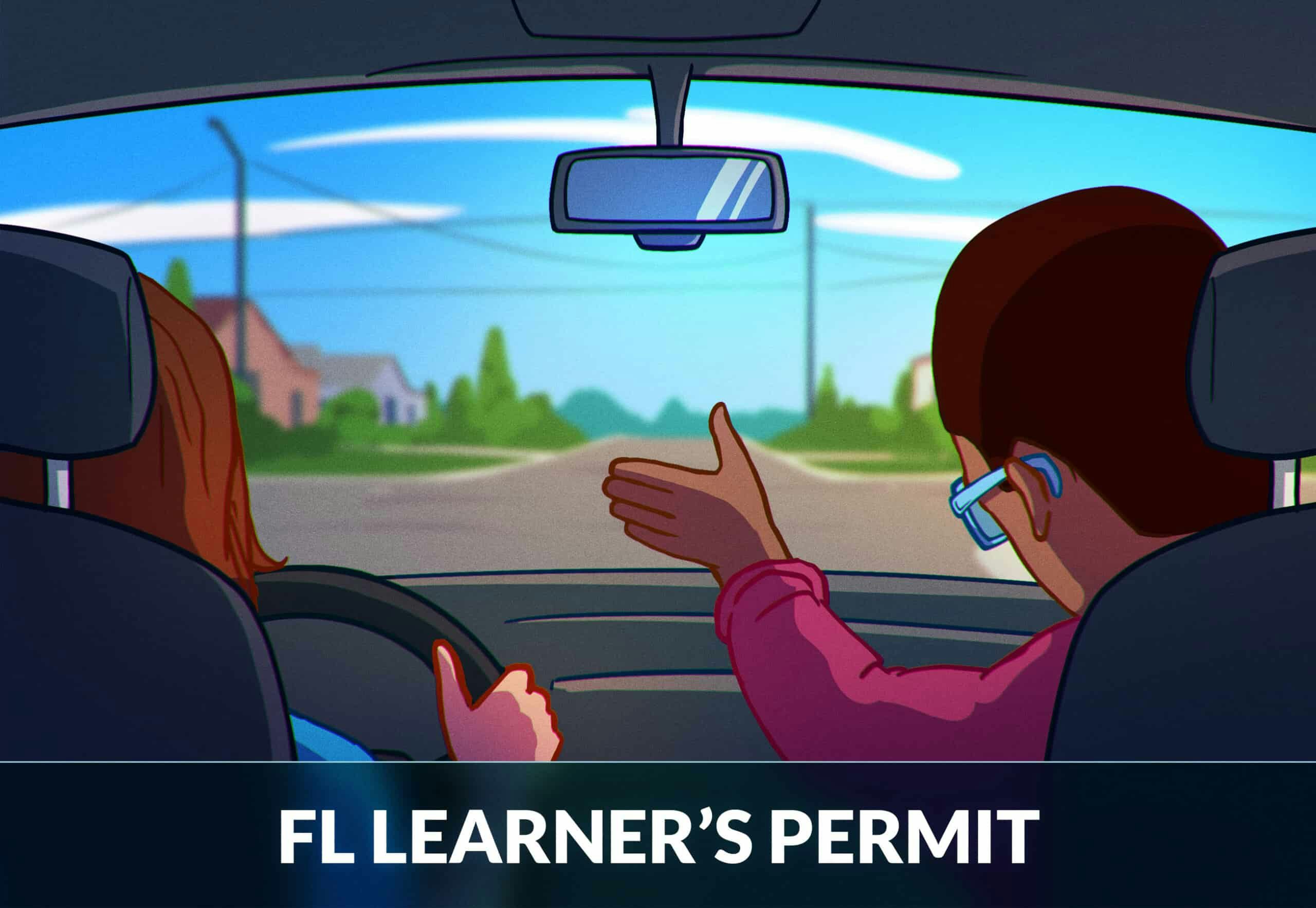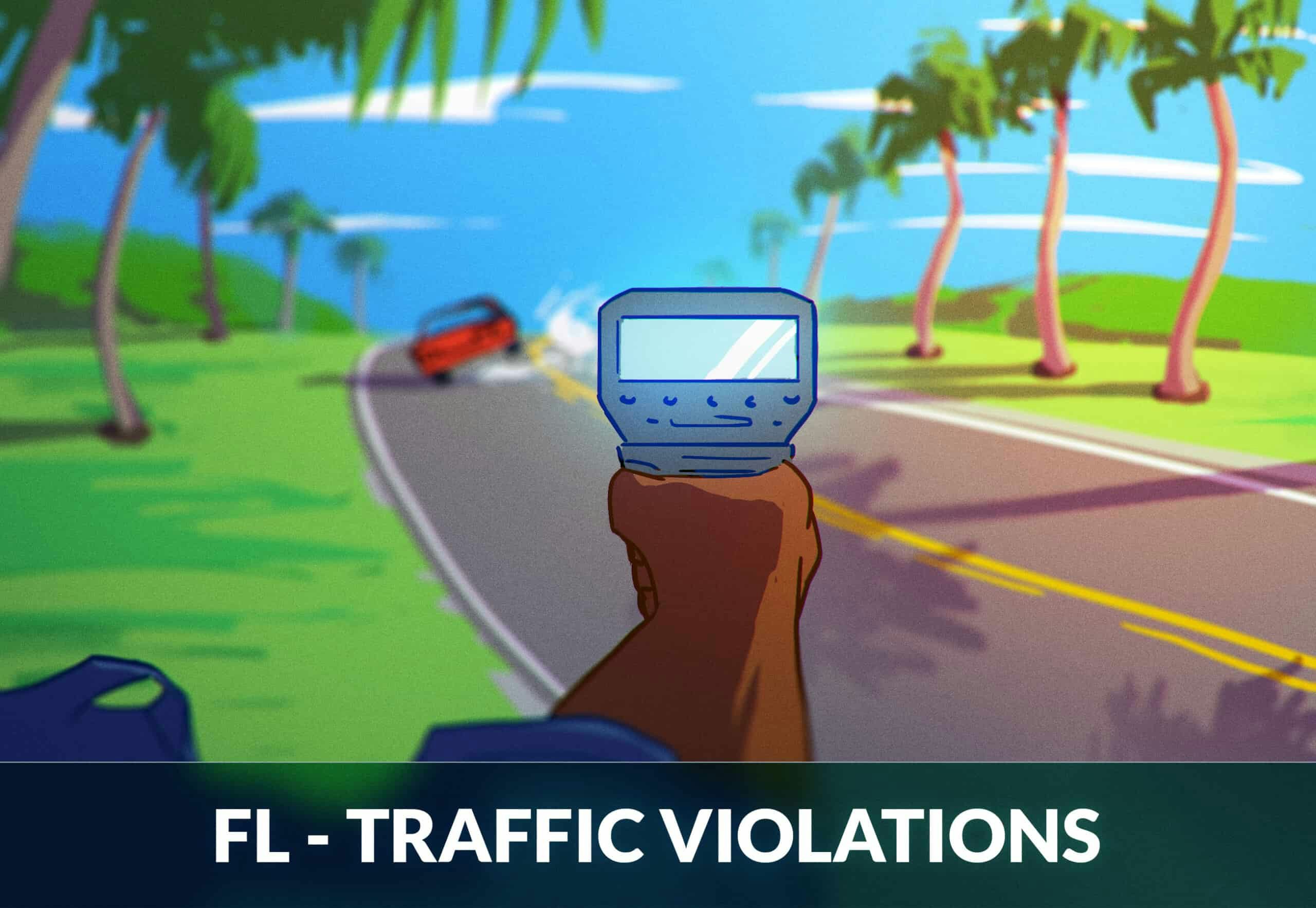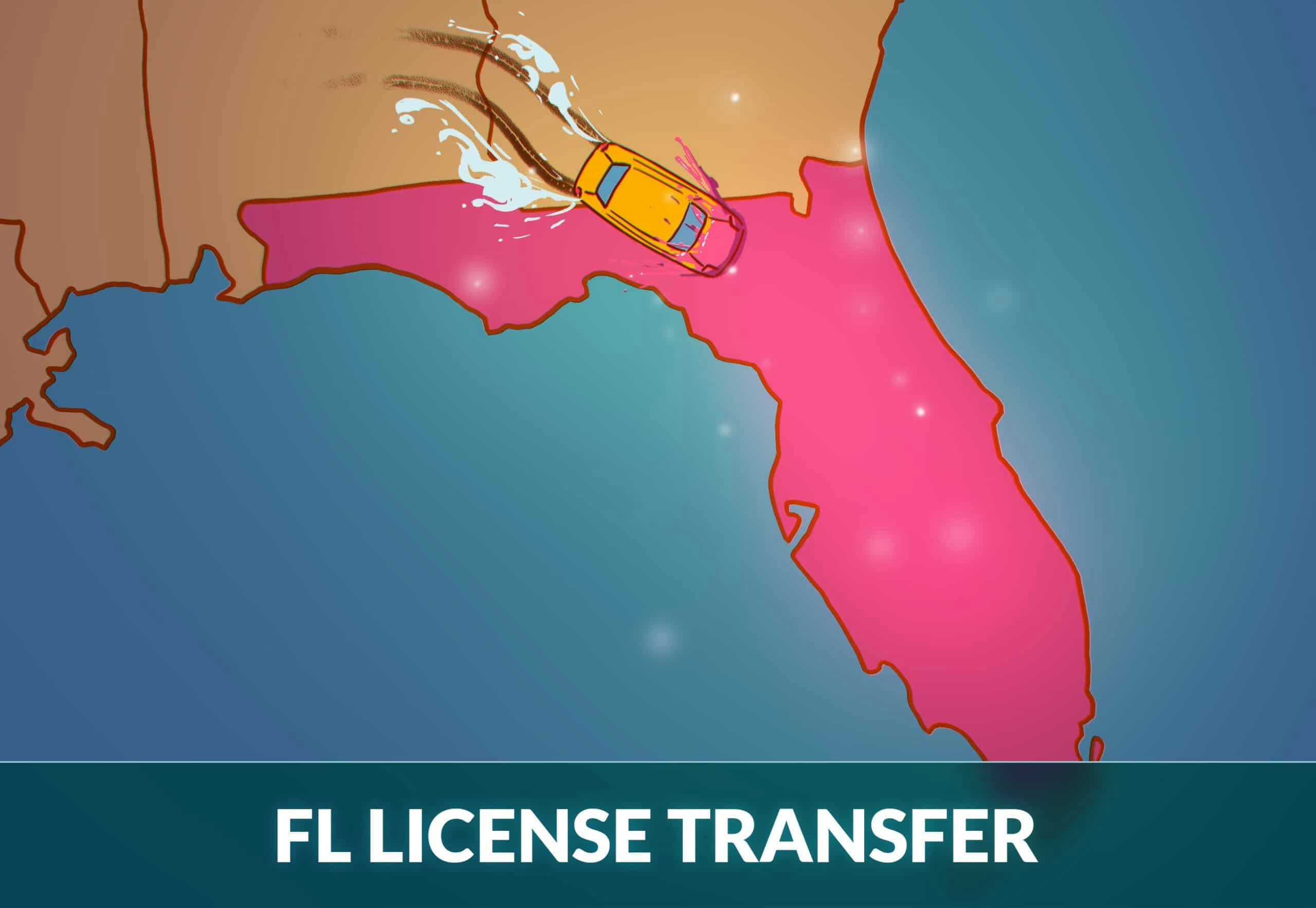
How to Pass Your Florida Driving Test in 2025
Requirements Before Taking the Florida Driving Test
- Take a TLSAE Course. You must complete the 4-hour Traffic Law & Substance Abuse Education Course (TLSAE) before you are eligible to take the Florida road test.
- Pass the knowledge exam. Once you have completed the TLSAE, you must also pass the Class E Knowledge Exam, which consists of 50 multiple-choice questions about Florida traffic laws, safe driving practices, and identifying traffic controls. To pass, you must answer 40 out of 50 questions correctly, achieving a score of 80%. To prepare for the written test, study the Official Florida Handbook and use online practice tests.
- Meet the age requirements. After passing the knowledge test, young drivers need to have held their learner’s license for at least 12 months and be at least 18 years old to be eligible to take the driving test. If you are under 18, you’ll need to have a parent or legal guardian sign a consent form for minors and certify 50 hours of driving experience, of which 10 hours must be at night.
If you meet all these requirements, you can make an appointment to take your road test. No walk-in appointments are permitted.
What to Bring to the Florida Driving Test
A few days before your drivers’ license test, be sure you have all your necessary paperwork in order. Depending on your citizenship status, your age, and other factors, you will need different documents. Be sure to review and collect the documents you will need to bring with you to your behind-the-wheel test..
- You will need to provide proof of identity, social security, and residence.
- Minors will also need to have documents showing parental consent, driver’s education, and experience logs.
NOTE: If you completed the Class E Knowledge Exam online through a third-party administrator, you must provide a Parent/Guardian Online Test Proctoring Form, completed and signed in the presence of a driver license examiner or notarized if the parent or guardian will not be present.
Be sure you are a few minutes early for your appointment. If you are late, you may be asked to reschedule your test. You must have a licensed driver above the age of 21 accompany you to the testing facility; however, no one will be allowed to ride with you during the actual behind-the-wheel test.
What is Tested on the Florida Road Test?
- K, Y, or Three-Point Turn. You’ll be asked to turn your car around in a roughly 30-foot space.
- Crossing Interaction. Be sure to get in the correct lane and look both ways before entering an intersection.
- Right-of-Way Understanding. Be sure to allow pedestrians to cross the street safely. If emergency vehicles are present, pull over and stop. Do not block an intersection from traffic movement.
- Standard Parking. You’ll be asked to pull into a parking spot. Be sure your car is centered between the marked lines.
- Parking on a Hill. If you’re parking on a grade, be sure to remember how to turn your wheels if you’re facing up or down hill.
- Stop Quickly. You may be asked to stop quickly.
- Moving in Reverse. Be sure to look backwards when you’re asked to drive in reverse slowly.
- Stop Signs. When you approach a stop sign, be sure you’re in the proper lane and come to a complete stop.
- Traffic Signals. Be sure you’re in the proper lane and traveling under the speed limit as you reach a traffic light. Stop if it turns yellow, and be sure to proceed carefully when the light turns green.
- Turning. When it’s time to turn, get into the proper lane and signal during the last 100 feet.
- Passing. Be sure to check around your vehicle, including your blind spots, before passing.
- Holding Your Lane. Drive in the right lane except on a one-way street. Do not change lanes unnecessarily.
- Vehicle Spacing. Leave plenty of space between you and the car ahead of you.
- Driving Posture. Be sure both hands are on the steering wheel and stay alert during the test.
Is Your Vehicle Ready?
Besides having valid registration and proof of insurance documents, your car will need to pass a basic vehicle inspection beforehand.
Vehicle Requirements
- A working horn, rear-view mirror, directional signals, steering wheel, brakes, tires, brake lights or tail lights
- Operating windshield wipers on the driver’s side
- Functioning headlights
- Working seatbelts
- Acceptable visibility through all windows
- Valid license plate tag
- Working doors
- Adequate fuel
- Stationary seats
- Ability to allow driver to use emergency hand signals
- Correct bumper height requirements
NOTE: Jeep-like vehicles and low-speed vehicles are not permitted on the driving test.
After Your Drivers’ Exam
If you passed your road test, congratulations! You’ll be asked to turn in your learner’s permit and pay the necessary fees before being given a temporary driver’s license. You’ll receive your permanent license in the mail during the following weeks.
If You Fail Your Test
If you did not pass, listen carefully to your examiner’s feedback. You will learn about any mistakes that you made, especially ones that may have resulted in failing your road test. Be sure to practice those skills in particular, and then make an appointment to take the driving test again.
Many people need to re-take the road test in order to obtain their license so don’t be too concerned if this happens to you. Remember that the ultimate goal of the test is to ensure that both you and others on the road are as safe as possible.

Avoid beginner mistakes with expert advice
Build road test confidence and reduce anxiety
Make at-home lessons a success with our parent guide
Recommended articles
Country
Ace your DMV test, guaranteed


